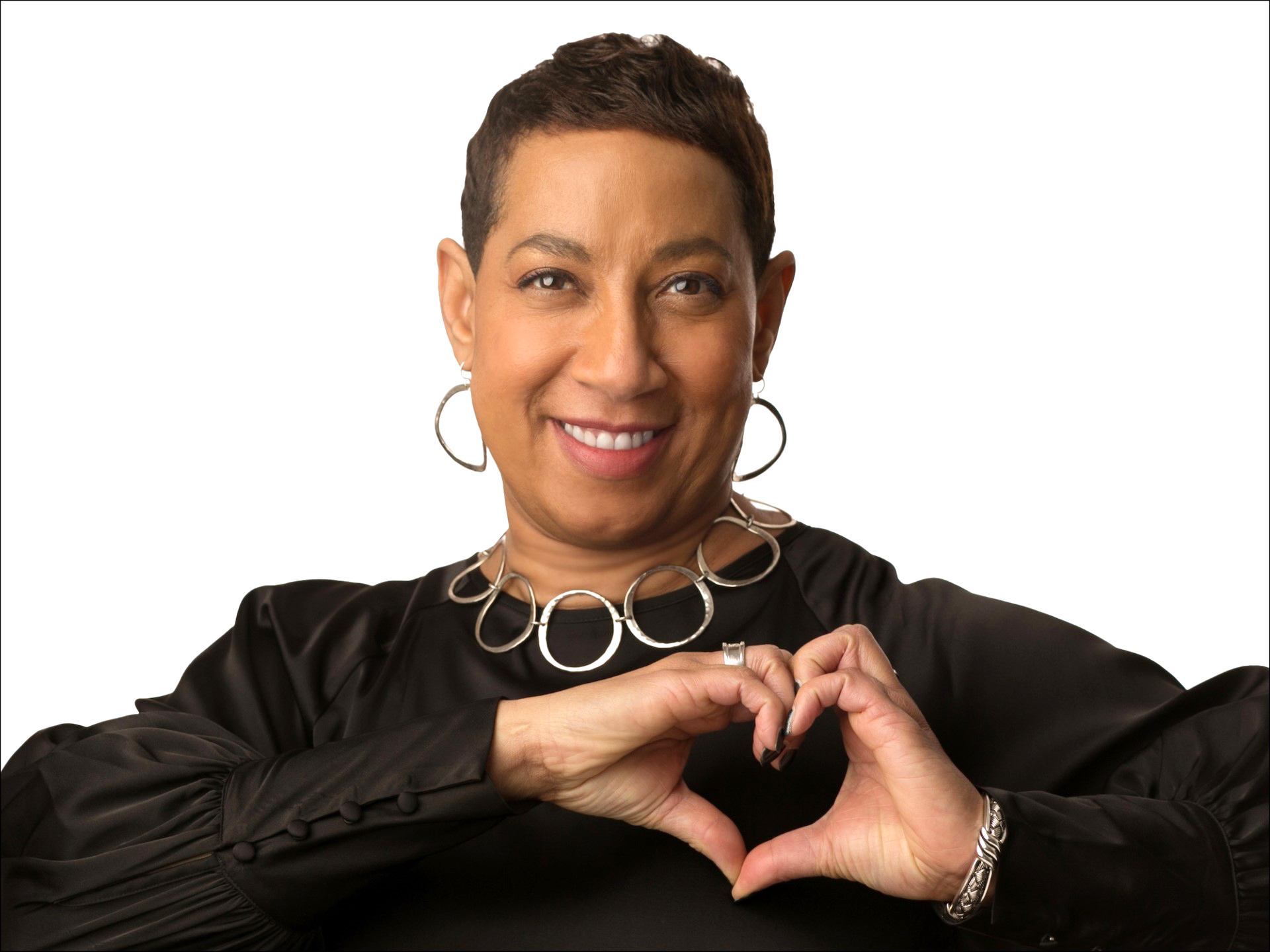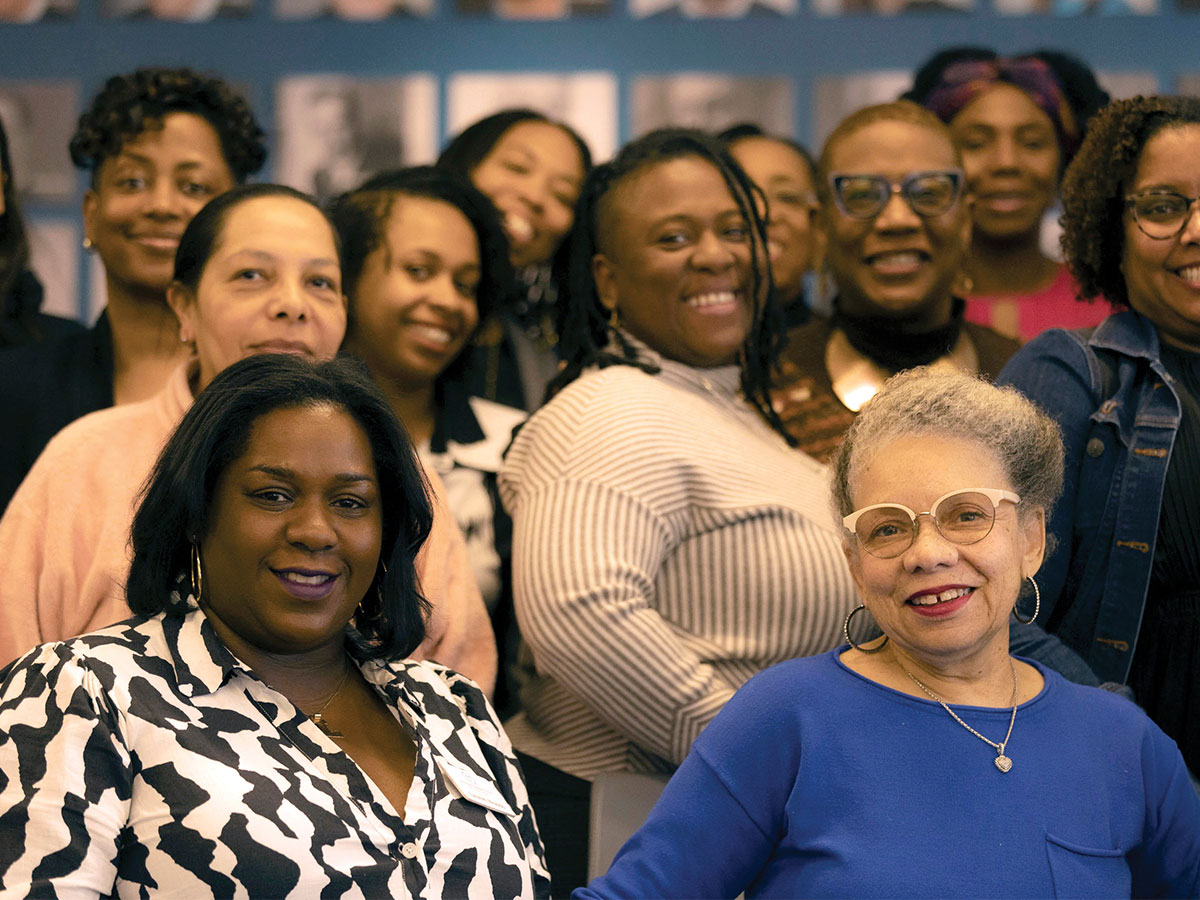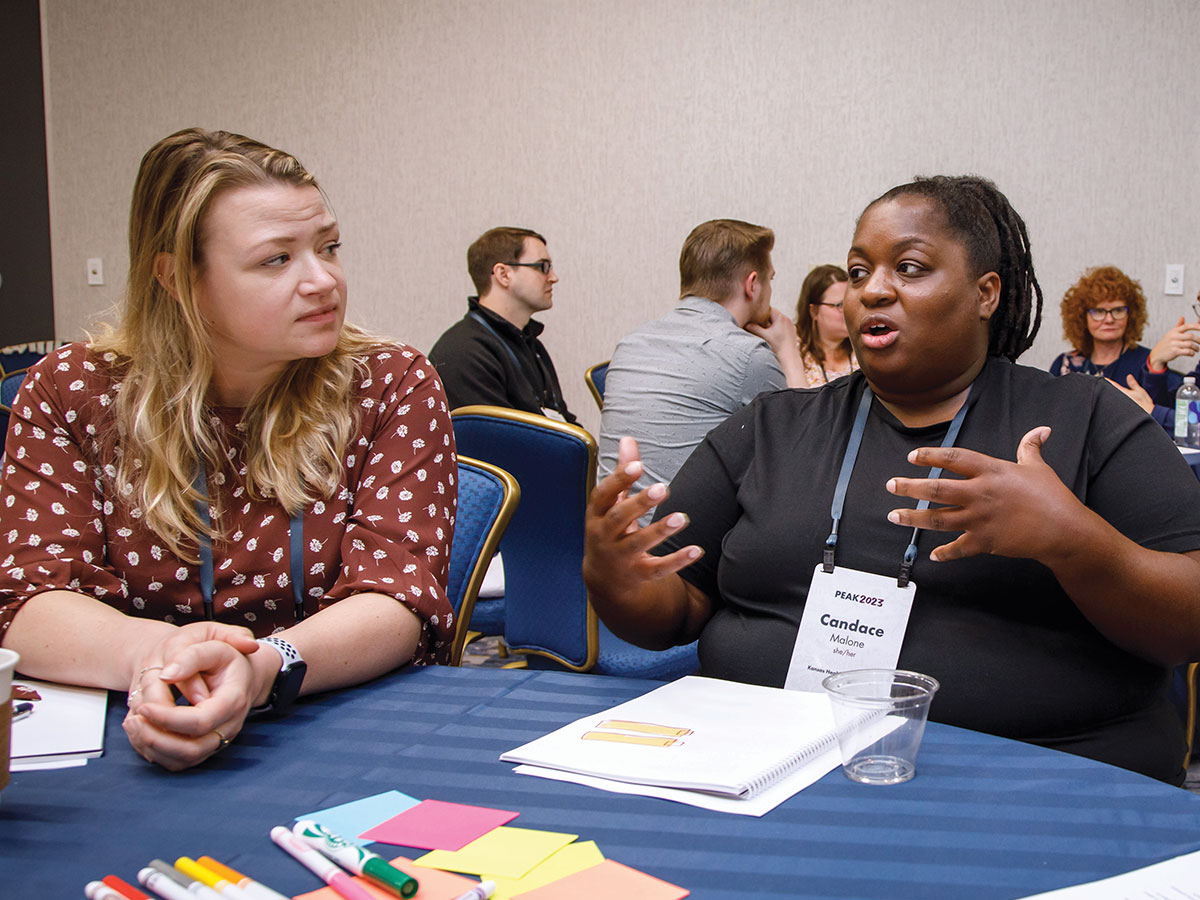
We’re two years into our journey toward diversity, equity, and inclusion (DEI). At the core of that process is our understanding that the Foundation itself needs to reflect the changes we want to see—namely, overcoming the policies and systems that create barriers to equity and supporting work that leads to sustainable prosperity for all.
Grantmaking was one of the key motivations for launching our DEI journey. In 2012 we pledged to award 40 percent of new grant dollars to Native-led organizations. It was our first explicit commitment to target a percentage of overall funding to a specific community. And it acknowledges and honors that the Foundation’s service region is anchored by Native lands, communities, and cultures.
Taking that definitive policy step inspired us to ask two fundamental questions:
How can we measurably implement a deeper commitment to all our priority communities: Native Americans, communities of color, immigrants, refugees, and people in rural areas?
How can we look beyond our grantmaking and make a commitment to DEI in everything we do?
Transform from the inside out.
We’ve been especially focused these past two years on transforming our internal culture and organization. If we don’t intentionally address our own systemic biases, we can’t effectively advance a culture, an environment, and systems that support DEI.
Our DEI manager, Margie Andreason, backed by an internal steering committee of staff members, is leading the way for our DEI transformation. This effort lands squarely at the heart of the Foundation’s mission. Infusing DEI into all of our work, Foundation-wide, will help us be a more equitable ally to our grantees and the communities we serve.
Articulate the journey.
An essential first phase was to detail what we mean by DEI and our rationale for advancing it. Otherwise, DEI efforts can seem abstract and philosophical rather than tangible and urgent.
With this in mind last year, we clearly defined our understanding of DEI, the purpose behind our journey, and our approach in pursuing these efforts. We want our staff, board members, grantee partners, the communities we serve, and our philanthropic colleagues to know what we’re exploring and why. Transparency about how we’re working is one way to model constructive change.
Craft a multiyear game plan.
One of our first decisions on the DEI journey was to bring in the consulting firm Frontline Solutions Inc. to help us achieve organizational change. With its help—in the form of surveys, interviews, and recommendations—we began crafting a multiyear plan.
Earlier this year, we finished drafting the plan, a living document that will continue evolving to reflect our growing understanding and progress. It touches on all our functional areas and describes the outcomes we seek. As Margie puts it, “Looking at where we want to go informs how we’ll get there.”
The plan includes 28 specific recommendations tied to the particular circumstances, composition, mission, and operations of the Foundation. The recommendations are task oriented (for example, create an HR recruitment toolkit that reflects a DEI approach to hiring). They merge our broader aspirations to advance equity with concrete actions we can take individually, as a team, and as an organization.
Track funding to all of our priority communities.
Part of our DEI work has been discovering the best ways to track the funding we award to our priority communities, especially to grantees that serve Native communities and people of color.
Since 2012 we’ve been tracking which grantees are led by Native Americans through a robust process that includes looking at the composition of boards and executive leadership teams and incorporating the insights of our program officers. But we also wanted a way to broaden our efforts and track the leadership composition of all of our grantees.
So in 2018 we issued a survey to all of our grantees that simply asked their executive directors to self-identify. The results were quite positive. We currently award more than 75 percent of grant dollars to groups with Native or person of color (POC) executive directors. That percentage encourages us that we’re making strides toward our goal of ensuring as much of our grantmaking money as possible directly benefits the priority communities we serve and we are being more explicit in our grantmaking to them.
However, although the 2018 survey provides some insight on grantee leadership, other questions emerged about tracking. Is a Native or POC executive director a comprehensive enough yardstick? Is having a board with a majority of Native or POC members comprehensive enough? Should the identities of the people served have a more significant role in tracking? We’ve already incorporated a question into our grant application process requesting an estimate of the number of people from our priority communities who will be served by a grant.
As we move into 2020, we’re in the process of finding good answers to these questions and we’re continuing to explore ways to consistently and effectively track both organizational leadership and communities served for all our grantmaking.
Lead with learning.
One way we’re working to implement our DEI plan is through learning opportunities to develop shared knowledge and competencies among the entire staff. For example, DEI sessions are part of every all-staff meeting, and optional lunch meetings focus on DEI content suggested by staff members.
We’re also using all-day learning summits for staff to go deep on DEI-connected topics. We held two learning summits during the first half of 2019. The most recent one focused on building our collective understanding of structural racism and how to apply a racial equity framework to our operations, policies, and practices.
Go all-in.
Addressing the entrenched racism and inequities that create barriers for our priority communities requires an encompassing commitment. Margie reflects, “Our journey so far has taught me that you need to go all-in on DEI efforts. Change that truly supports diversity, equity, and inclusion can only be effective if resources and time are invested throughout the entire organization.”
Follow our DEI journey.
Join our mailing list to hear about updates to the DEI section of our website. And follow our blog, nwaf.org/news, which has frequent updates about community-led groups we fund and the ways they’re advancing equity.




